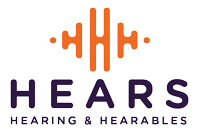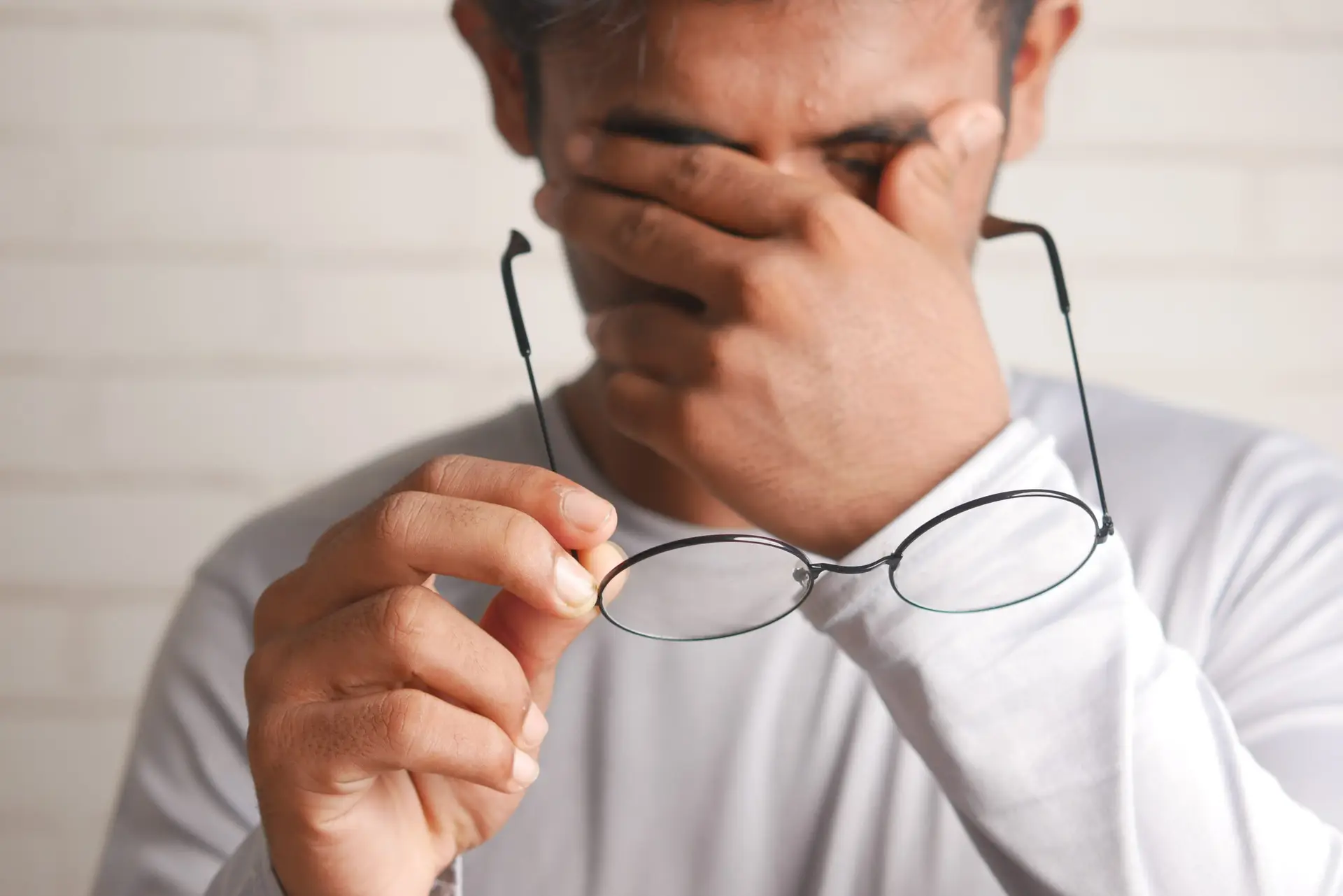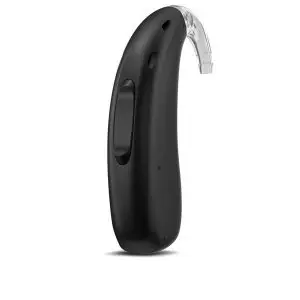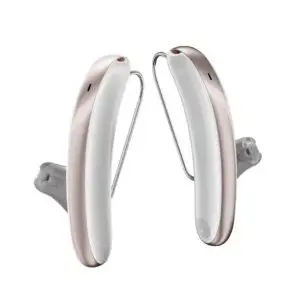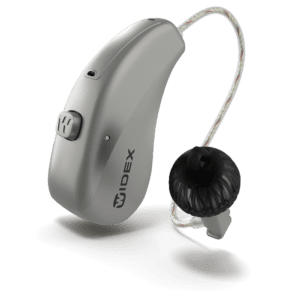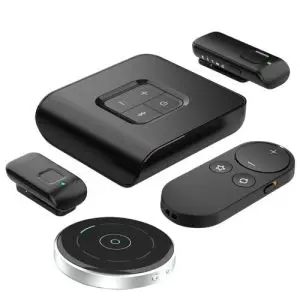Trends in Hearing Nov 8, 2021
Written by Jack A Holman, Avril Drummond and Graham Norton
We are noticing and yes learning that many people with hearing loss complain of fatigue. The question we wonder is, does the use of hearing aids reduce this fatigue? The reason why we are sharing this particular study is that it is the question this study by Homan et al. addresses.
The article is somewhat lengthy, scientific, and interesting. Here is our summary of it for you.
If you are a person with hearing loss, you know well that this loss affects life beyond difficulty hearing. One symptom that has recently attracted attention is fatigue. While fatigue in and of itself is negative, it can also impact other health-related categories; activity and quality of life. Listening effort does seem to be the main instigator of fatigue for people with hearing loss, for some, fatigue has also been linked to the negative emotions associated with having a hearing loss.
Does wearing Hearing aids help this hearing strain fatigue
Logically, the fitting of a hearing device, which would decrease the effort required to hear properly, would in turn reduce fatigue. However, the research has shown mixed results. This is where the science comes in.
Review of the Literature:
Most of the studies done to date used self-reporting questionnaires; which usually showed long-term fatigue, rather than that brought on only by hearing loss. Possibly, the questionnaires did not detect any beneficial impact on fatigue after wearing a hearing device due to lack of sensitivity in the questionnaire.
Listening-related fatigue affects people differently and is managed by people differently.
This type of fatigue is usually a result of participating in conversation. It is possible that more conversationally active people would lead to greater instances of listening-related fatigue. There is also evidence that increased hearing aid use leads to increased social activity levels. Therefore, the impact of hearing aid fitting on listening-related fatigue may be connected to daily-life activity. This impact would be dependent on what if any, changes there were in fatigue and activity.
Studies like this must consider multiple factors when determining what has been learned.
Studies often have confounded variables and have to account for an answer that isn’t necessarily true. For instance, what role do gender and age play; what is the impact of lifestyle on study participants; and what are the impacts of physical activity, just to name a few.
This particular study sought to answer three questions:
1. Does first-ever hearing aid fitting have an impact on fatigue?
2. What variables may influence the impact of hearing aid fitting on fatigue?
3. Do levels of social or physical activity change after hearing aid fitting, and is this related to fatigue?
If you wish to learn more about how the study was conducted, what materials and methods were used, how the study was designed, procedures for the study, and measurement of outcomes, let us know at Hears to U. We have copies of the 12- page paper!
So, what did they learn from their work.
Hearing aid fitting has no effect on general fatigue, but there was an improvement of hearing-related fatigue between before fitting and six months after the first fitting. Regarding variables, they found that hearing handicap was the only pre-fitting variable associated with a change in fatigue which may influence the impact of hearing aid fitting on fatigue. Most of the study participants had mild-to-moderate hearing loss (realistic for a group about to be fit for a hearing aid for the first time). It is possible, however, that a hearing aid fitting on a person with severe loss, may result in more dramatic listening-related fatigue reduction. The study also noted an increase in social participation post-fitting, with no impact on work or physical activity.
Bottom line:
Hearing health is important. Proper hearing affects many segments of life: physically, and mentally, including how you perceive your quality of life. Happy Hearing!
PS: Don’t tell the study authors how I reduced their 12-page study to two lines.
